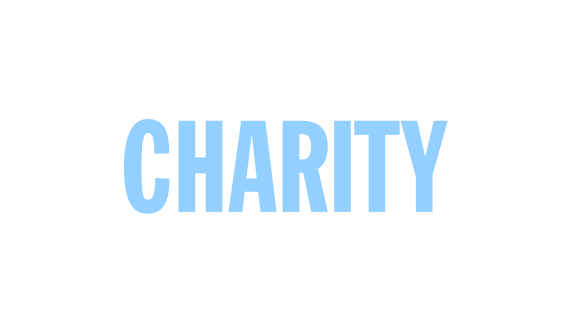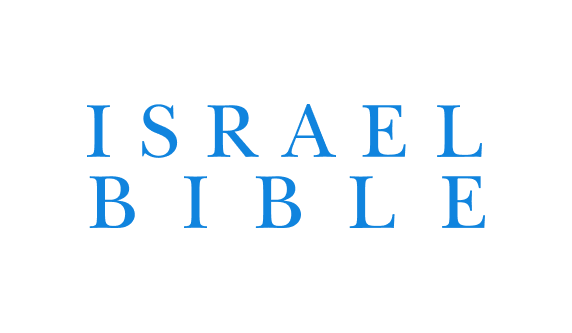Within hours of Har Habayit falling into the hands of the IDF on the second day of the 1967 war, Israel Radio broadcasted a warning issued by Chief Rabbis Unterman and Nissim for Jews not to enter the Temple Mount because of its intrinsic holiness. IDF Chief Rabbi Shlomo Goren, on the other hand, argued strongly in favor of Jewish access to Har Habayit, even holding prayer services there and urging the Israeli government to take strong action to establish Jewish sovereignty over the holy site. The question of how to relate to physical kedusha, and its inherent dangers, have roots in our parsha and haftara.
Our haftara (II Shmuel 6:1-19) describes the procession of the holy Aron from Kiryat Yearim to Yerushalayim, where it would find its ultimate resting place. On route, however, the processional encountered a major setback:
But when they came to the threshing floor of Nacon, Uzzah reached out for the Ark of God and grasped it, for the oxen had stumbled. The Lord was incensed at Uzzah. And God struck him down on the spot for his indiscretion (“SHAL”), and he died there beside the Ark of God (6:6,7).
According to Chazal, Uzza should have known better than reaching out and touching the Aron in direct violation of the prohibition mentioned in Bamidbar (4:15). Uzzah was, after all, not from the Levite family of Kehat which was commissioned to transport the Aron HaKodesh. Uzza was the son of Avinadav, who not only housed the Holy Ark for 20 years in their Kiryat Yearim home, but whose very name means “Father of Nadav”, perhaps an allusion to the first fatality of the Mikdash, described in our parsha.
On the eighth day of the inauguration of the Mishkan, Nadav and Avihu were suddenly struck down for bringing an inappropriate Ketoret offering. As the verses record, the sons of Aharon died immediately upon offering a “strange fire that Hashem had not commanded them” (Leviticus 10:1).
The Talmud’s interpretation of the incidents of Uzza in our haftara and Nadav and Avihu in our parsha highlight a common denominator between the two stories.
The Gemara (Sotah 35a) records a disagreement on the precise indescretion (“SHAL” in Hebrew) for which Uzza was held accountable. One opinion says that he was punished for his forgetfulness (“SHALO”) since he should have recalled the Ark’s special powers and known that it was not in danger of falling to the ground. The other opinion states that Uzzah lifted the edges (“SHULAYIM”) of his garment and relieved himself in its hallowed presence. According to either opinion, Uzza’s actions reflect a disregard for the Kedusha of the Aron HaKodesh, and slighting the honor of this holy vessel made him liable for severe punishment.
Similarly, the Talmud and Midrashim point to a wide range of possible transgressions by Nadav and Avihu that also reflect a lack of sufficient respect for holy objects. According to one tradition, Nadav and Avihu were anticipating the death of Moshe and Aharon, so that they could take over and lead the Jewish people (Sanhedrin 52a). Rashi (Exodus 24:10) cites the Midrash that Nadav and Avihu improperly stared at the Divine presence, indicating a lack of awe for proximity to great holiness. Others point to the subsequent passage in the Torah forbidding priestly service while drunk and suggest that they were inebriated when bringing the Ketoret, the most holy of offerings.
These two incidents stand in stark contract to a third story recorded in our haftara. In great joy and celebration on the occasion of the Aron arriving in Yerushalayim, Dovid Hamelech danced vigorously. When his wife, Michal, daughter of King Shaul, saw David from the window, she disparaged him for acting in a way unbecoming of a king. The Navi, as well as Chazal, applaud Dovid and criticize Michal. In this instance, Dovid lowered his own stature in deference to the great holiness of the Aron HaKodesh.
Wheres Uzza, as well as Nadav and Avihu, lacked the proper level of awe for the Kedusha of Hashem and His holy vessels and perform actions that were not commanded, Dovid Hamelech established the opposite paradigm. David’s ecstatic elation over the holiness of the Aron demonstrated his total subjugation to the honor of Hashem which serves as a model for us to this very day.
Both Rav Unterman and Rav Goren recognized the tremendous kedusha that the Jewish people could now access, even if they had opposing halachic opinions regarding the appropriate response. No matter which approach we follow, we must always ask ourselves whether our intentions and our actions reflect absolute respect for Kedusha and bring honor to Hashem in the model of King David.
Rabbi Tuly Weisz is the director of Israel365 and editor of “The Israel Bible,” and Rabbi Dr. Ethan Eisen is a psychologist and a rebbe in Yeshivat Lev Hatorah. Please send comments to Haftarah@TheIsraelBible.com






